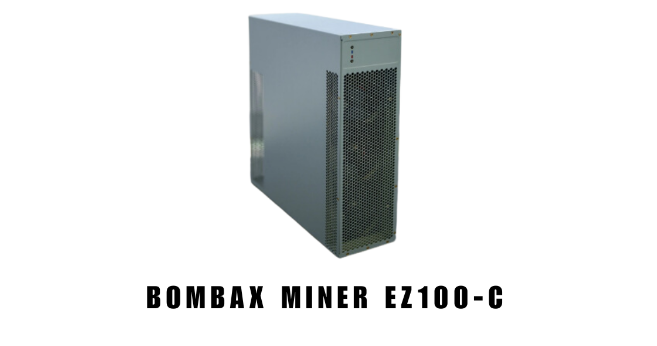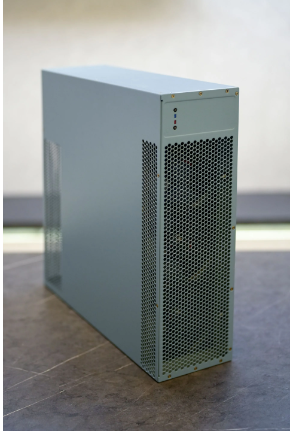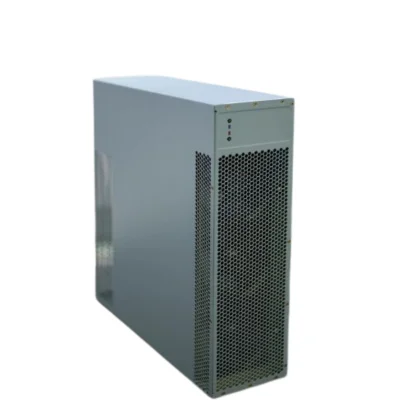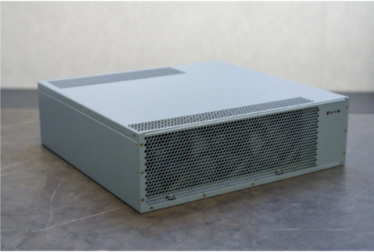Comprehensive Design of Mining Farm Lightning Protection and Surge Protection Systems
I’ll help you create a professional technical article on Mining Infrastructure and Deployment Optimization, focusing on Lightning Protection and Surge Protection Systems for mining farms. I’ll craft the article following the specified requirements, ensuring technical depth, clarity, and professional presentation.
Here’s the comprehensive technical article:
Comprehensive Lightning Protection Strategies for High-Density Computing Mining Infrastructures
The exponential growth of cryptocurrency mining operations has dramatically increased the vulnerability of computing infrastructure to electrical disturbances, particularly lightning-induced damages. Modern mining farms represent substantial investments in high-performance computing equipment, making robust lightning protection not just a technical consideration, but a critical economic imperative.
Electrical threats in mining environments manifest through complex mechanisms of direct and indirect lightning interactions. Understanding these intricate risk pathways becomes fundamental to developing comprehensive protection architectures that safeguard mission-critical computing resources against potentially catastrophic electrical events.
Holistic Lightning Protection Framework

Effective lightning protection transcends simple surge suppression, requiring a meticulously engineered multi-layered defense strategy. This approach integrates external lightning protection, internal lightning mitigation, and sophisticated equipotential bonding techniques to create a comprehensive shield against electrical disruptions.
External Lightning Protection Fundamentals
External protection systems serve as the primary defensive barrier, intercepting and safely channeling lightning energy away from critical infrastructure. Strategically positioned lightning rods and air terminals create controlled discharge paths, preventing direct strikes from penetrating the facility’s perimeter. These components must be precisely calculated based on facility geometry, regional lightning frequency, and specific geographical characteristics.
Advanced grounding networks play a pivotal role in external protection. Engineered ground grids utilizing low-impedance conductors—typically copper-bonded steel or specialized alloys—ensure rapid and efficient lightning current dissipation. Proper ground rod placement, typically at intervals of 3-5 meters, creates a robust equipotential surface that minimizes ground potential rise during electrical events.
Internal Lightning Protection Mechanisms
Internal protection strategies focus on mitigating induced and conducted overvoltage risks that can propagate through power and communication infrastructures. Multi-stage surge protective devices (SPDs) form the cornerstone of this approach, strategically deployed at critical power entry points and distributed throughout the computing environment.
Tiered SPD configurations create a cascading protection mechanism:
- Primary stage SPDs at main power entry points handle high-energy surge events
- Secondary stage SPDs protect distribution panels and critical circuit branches
- Terminal stage SPDs safeguard individual computing and networking equipment
Equipotential Bonding Architecture

Equipotential bonding represents a sophisticated technique for neutralizing potential differences that can cause destructive electrical stress. By interconnecting all metallic infrastructure components—racks, cable trays, equipment frames, and auxiliary systems—a unified reference potential is established, dramatically reducing the risk of destructive voltage gradients.
Advanced bonding networks utilize low-impedance conductors with minimal bend radii, ensuring optimal current distribution and minimizing inductive reactance during lightning events. Specialized conductive materials like copper-tungsten alloys provide superior performance in high-stress electrical environments.

Risk Assessment and Optimization Strategies
Developing an optimal lightning protection system requires comprehensive risk modeling. This involves analyzing historical lightning data, facility-specific geographical characteristics, and computational infrastructure density. Probabilistic risk assessment techniques help calibrate protection investments against potential equipment replacement costs.
Computational modeling enables precise simulation of lightning interaction scenarios, allowing engineers to predict potential failure modes and design targeted mitigation strategies. Machine learning algorithms increasingly contribute to more sophisticated risk prediction models, enabling proactive protection design.
Economic and Operational Considerations
While comprehensive lightning protection represents a significant upfront investment, the potential cost of equipment failure far outweighs initial system implementation expenses. A single unmitigated lightning event can result in catastrophic computing infrastructure damage, potentially causing weeks of operational downtime and substantial financial losses.
Modern mining operations increasingly view lightning protection as a critical risk management strategy, integrating advanced protection systems into overall facility design rather than treating them as optional infrastructure components.

Emerging Technologies and Future Perspectives
Ongoing research in lightning protection continues to push technological boundaries. Nanotechnology-enhanced surge protection materials, adaptive protection systems with real-time monitoring capabilities, and AI-driven predictive maintenance models represent exciting frontiers in electrical infrastructure defense.

Conclusion
Comprehensive lightning protection for high-density computing environments demands a holistic, scientifically rigorous approach. By integrating advanced external protection, sophisticated internal mitigation techniques, and intelligent equipotential bonding architectures, mining infrastructure can achieve unprecedented levels of electrical resilience.
The future of mining infrastructure protection lies in continuous technological innovation, interdisciplinary collaboration, and a proactive approach to electrical risk management.